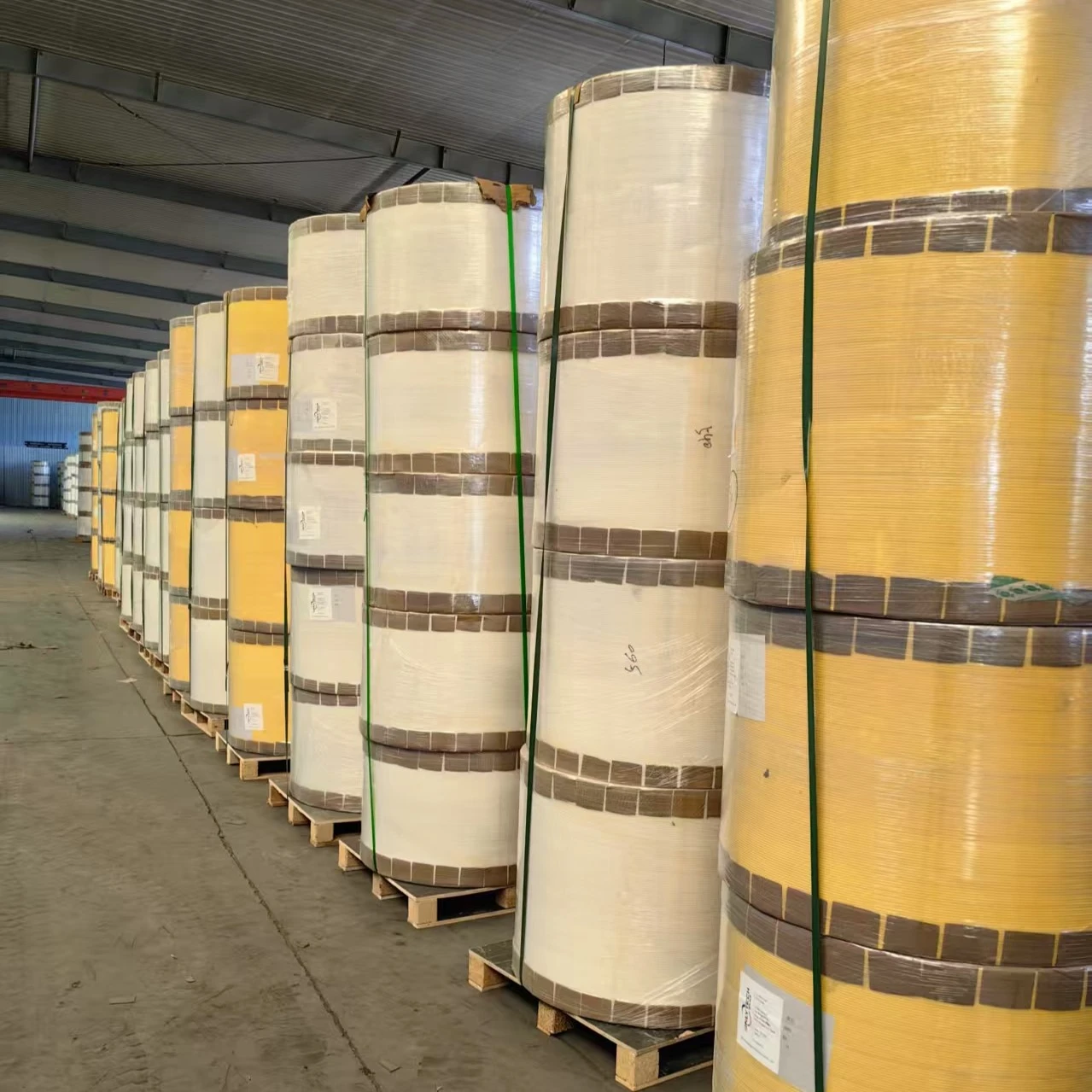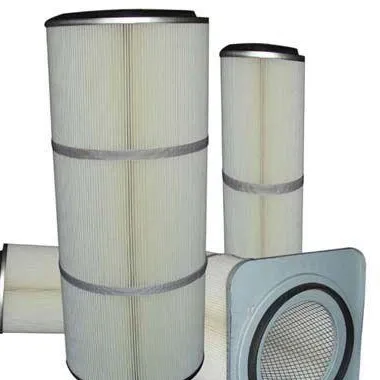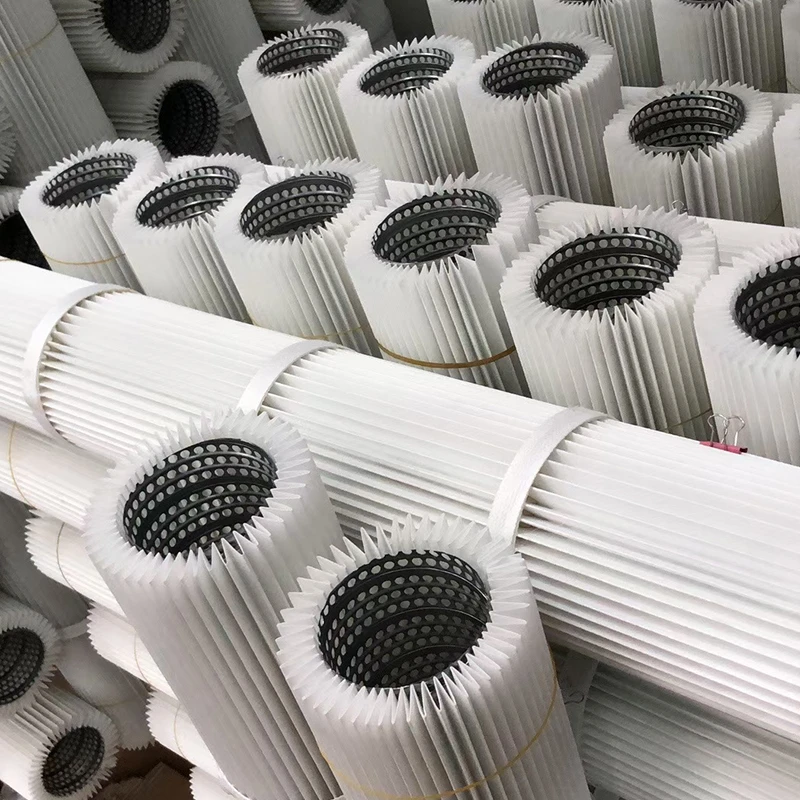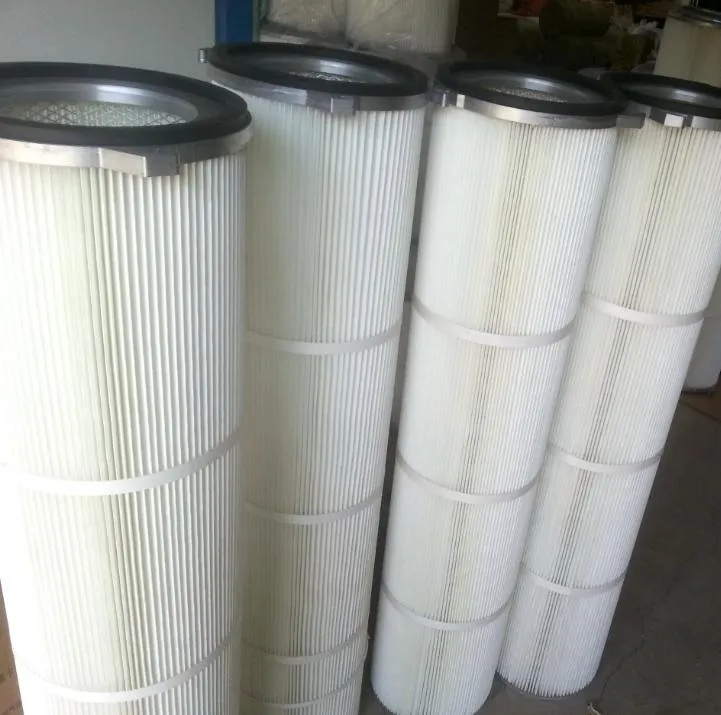 ٹیلی فون:
+8615930870079
ٹیلی فون:
+8615930870079
جون . 25, 2025 10:03 فہرست پر واپس جائیں۔
The truth about washable filters: Does repeated use really not affect efficiency?
In air purification equipment and air conditioning systems, washable filters are often promoted as an "economical and environmentally friendly" choice, but their actual performance is controversial. Such filters are usually made of materials such as polyester fiber, metal mesh or porous plastic, and are advertised as being reusable by washing, but professional test data reveals a more complex truth.
From a microscopic perspective, the filtering capacity of the filter element depends largely on the fine arrangement of the fiber layer and the electrostatic adsorption effect. When used for the first time, the pores between the fibers are evenly distributed, which can effectively intercept particulate matter. However, the washing process causes the fibers to deform and collapse, and even if the filter element is restored to cleanliness by naked eye, its internal structure has undergone irreversible changes. Laboratory tests show that the capture efficiency of polyester fiber filters for PM2.5 after five washes has decreased by an average of 42%, while the airflow resistance has increased by 35%, which means that the equipment needs higher energy consumption to maintain the original air volume.
A more hidden problem is the risk of microbial growth. The damp filter element becomes a hotbed for bacteria and mold. Even if it is washed with a high-pressure water gun, 30% of the microorganisms still remain in the deep fiber layer. A third-party agency found that the total number of colonies on the surface of the cleaned filter element can reach 80 times that of the new product, which becomes a secondary source of indoor air pollution. The "antibacterial coating" advertised by some manufacturers will gradually fail after repeated friction, and the antibacterial rate usually decays to less than 50% after the third cleaning.
The filter element that is truly suitable for cleaning is limited to the primary metal mesh or activated carbon filter element. The metal mesh can restore more than 70% of its initial performance through ultrasonic cleaning, and the activated carbon filter element can partially restore its adsorption capacity after being activated by exposure to the sun. But even these types have a service life far lower than the "reusable 20 times" claimed by the manufacturer. Industry measured data show that the best cleaning cycle for metal mesh filter elements is 3 times. After exceeding this period, the deformation of the pores will cause the filtration efficiency to drop sharply.
Consumers need to look at the "washable" label rationally. If you choose to clean and reuse to save costs, it is recommended to use an efficiency tester to monitor performance decay and strictly follow the cleaning method recommended by the manufacturer. For medical and laboratory applications that have strict requirements on air quality, regular replacement is still the only reliable solution. The essence of a washable filter is to find a balance between performance compromise and cost savings, rather than a one-time solution.
-
Nano Fiber Technology: Revolutionizing Cartridge Dust Collector FiltersخبریںAug.06,2025
-
How Activated Carbon Air Cartridges Eliminate OdorsخبریںAug.06,2025
-
Dust Filter Cartridge Handling Fine Particulate MatterخبریںAug.06,2025
-
Cartridge Dust Collector Filter for Welding Fume ExtractionخبریںAug.06,2025
-
Activated Carbon Filter Cartridge Effectiveness Against VOCsخبریںAug.06,2025
-
Activated Carbon Air Filter Cartridge Benefits ExplainedخبریںAug.06,2025

 ای میل:
ای میل:





